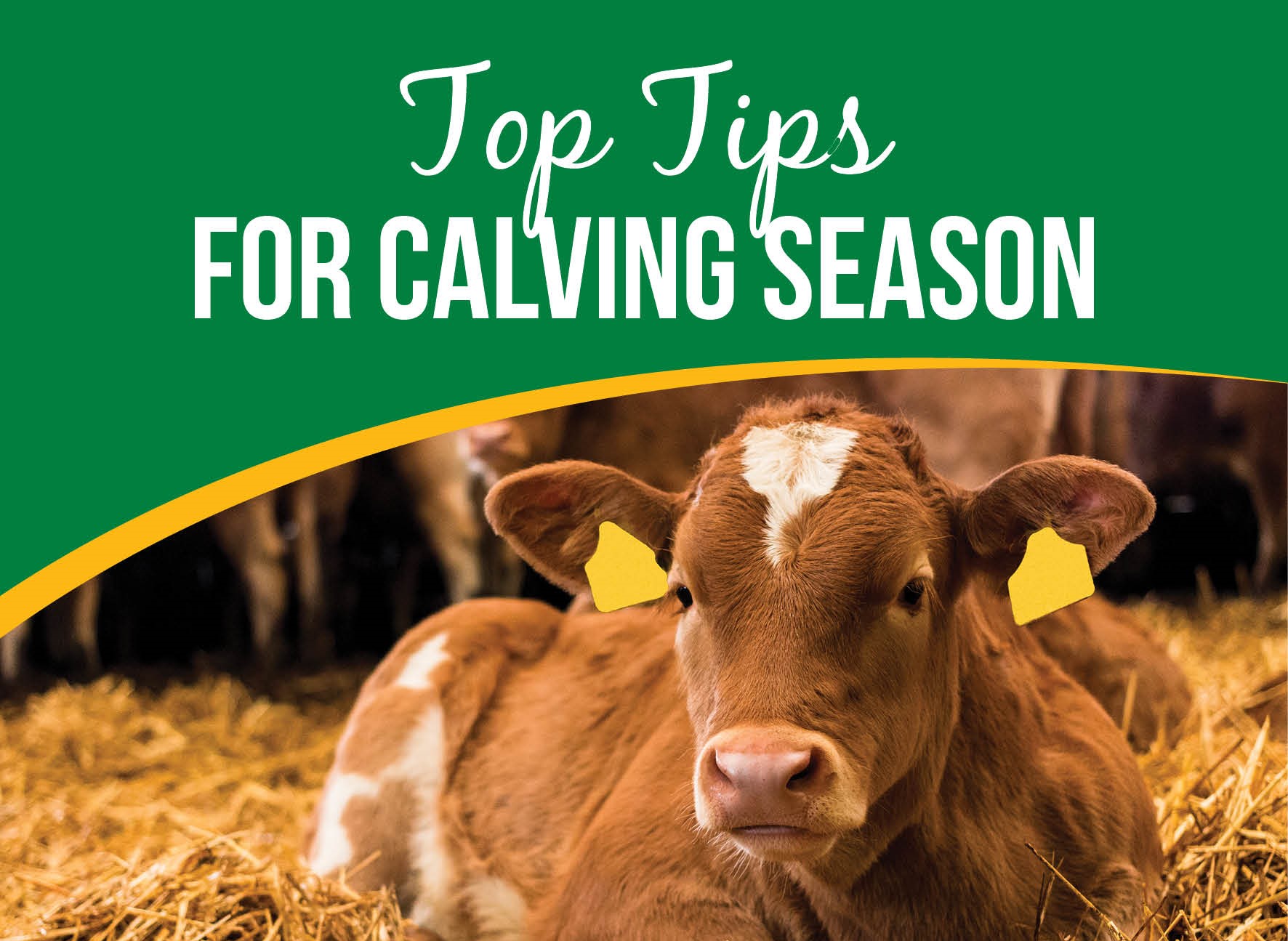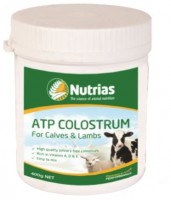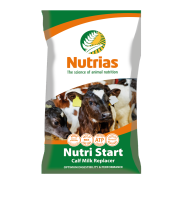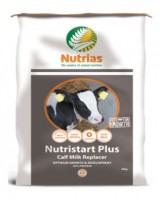Top tips for a trouble-free calving season
Daniel Hession - Nutritionist & Technical Manager - Aurivo
With peak calving season just around the corner for most herds, here are some useful tips to help ensure a trouble-free calving season on your farm.
1. Fail to prepare, prepare to fail
Check your calving shed and equipment. Ensure the calving jack and cameras are working and that calving pens are cleaned, limed and well bedded with clean, dry straw. Ensure you stock up on essential supplies (e.g.. gloves, stomach tubes, iodine etc.) before calving starts.
2. Dry cow management
Ensure cows are getting pre-calver minerals for 6 weeks before calving at the correct rate, are eating low potassium (K) forage, and are at body condition score (BCS) 3.0 to 3.25 at calving. Restrict feed to late-calving cows that are at risk of over-conditioning. These steps will all help reduce milk fever and other metabolic disorders.
3. Group cows by due date
Group cows by calving date if facilities allow. This will make sorting and drafting much simpler when calving commences. Clip tails and freeze brands in good time before calving to help with identifying cows and improving hygiene.
4. Calf housing
According to Teagasc, a compact calving herd (75% plus in six weeks) will likely have 85-90% of total calves on hand at a given time in March. Teagasc recommends calf housing of 1.5m2 per cow in the herd in this situation. For example, a 100 cow herd requires 150m2 space minimum. This figure will be close to 180m2 per 100 cows if calves are sold at an older age. Have all calf accommodation set up in advance, with bedding, pen divisions, troughs, water and racks all in place and ready to go. Plan for extra temporary space if short - do not overcrowd calf sheds.
5. Vaccines
Ensure that all vaccinations are up to date and given within the correct time period so that adequate antibodies are in the colostrum.
6. Hygiene
Good hygiene is key to reducing infection and in turn labour requirements treating sick animals. Clean and disinfect calving pens between cows. At calving time wear gloves and clean all equipment regularly. Disinfect the newborn calves navel early. Keep sheds clean, well bedded and lime cubicles daily.
7. Colostrum
Follow the 1,2,3 rule. Use milk from the 1st milking to feed calves within the first 2 hours of birth and feed at least 3 litres per calf. Calves that don't receive adequate colostrum are more likely to have health issues which increases labour requirements.
8. Colostrum quality
If the protein or energy level of the forage cows are consuming before calving is low, colostrum quality will be compromised. If forage crude protein is below 12%, additional protein will be required over the next couple of weeks in order to boost the quality of colostrum produced.
A good indicator of insufficient protein within the diet prior to calving is cows not producing significant quantities of colostrum at the point of calving. This can be remedied relatively quickly through supplementary feeding for 7-10 days with a protein source such as soya bean meal prior to calving. Some farmers mix around 0.5kg/cow/day of soya bean meal and feed with the pre-calver minerals for 10-14 days pre calving to boost colostrum quality and quantity.
9. Nighttime feeding of silage
Feeding cows late in the evening reduces the percentage of night-time calvings. Trials have shown that restricting silage feeding time resulted in 9% fewer night calvings (from 12.30am to 6.30am) compared with cows with full access to silage. Fifteen percent of cows still calved by night and 85% by day when silage feeding time was restricted and 24% calved by night and 76% by day when cows had continuous access to silage.
10. Think safety
Ensure that pens and gates are working properly, have good lighting in your sheds, always have an escape route, carry your phone in an accessible pocket, and know your Eircode.





